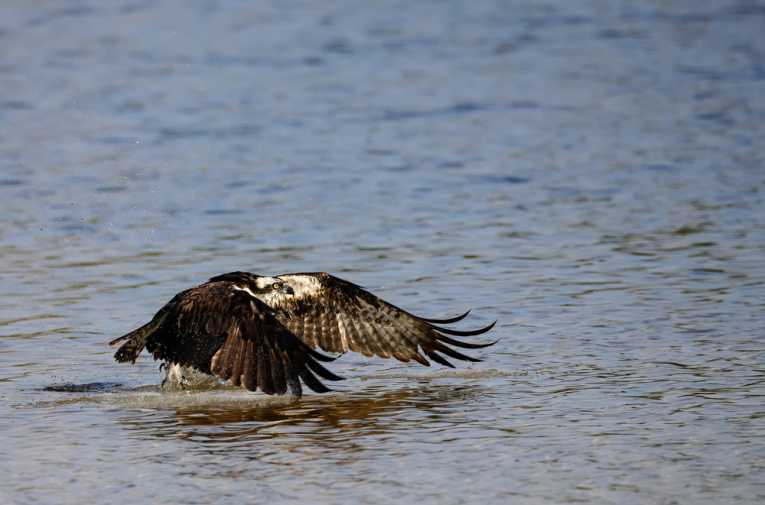A famous osprey, 'The Lady of the Loch' has recently returned to Scotland. The lady is a mere 25 (or so) and has set a UK record for osprey longevity. Birds throughout the four countries of the UK are observed like no others, due partly to the burgeoning population of bird watchers, twitchers et al, numbering 592,475 people at the last count.
There are, today, two pieces of news that should truly excite everybody The RSPB have announced their annual results of garden birdwatching while the Scottish Wildlife Trust bring our attention to a well known but highly-successful adventure in re-establishment of a species.
The Lady of the Loch is the very bird that began nesting at the Loch of the Lowes 22 years ago and began breeding a population of ospreys that have colonised the UK. Ospreys are fish eagles that only live 15 years - or so we thought. The Lady has been ill and failed to hatch last year's eggs, but she has just returned to Scotland from Africa.
Perhaps she could enter this year's Olympics for breeding. Whether any other osprey has been so carefully identified and observed by so many tourists and others, we have no idea. But a European age record does seem possible. People have been able to view the successes (and failures) and the Lady worldwide for several years on a Scottish Wildlife Trust WEBCAM - really worth a look.
Scottish Wildlife Trust Perthshire Ranger, Emma Rawling joyfully announced, "I'm delighted to announce that our regular breeding female osprey returned to the nest at Loch of the Lowes at 8:31 this morning." Understatement indeed, Emma! After all those years of 24-hour protection, the SWT must be congratulated on starting off , "the osprey habit." We now have the skilful fisher resident all over the islands of Britain.

Starling murmuration in Wales - Flock of starlings via Shutterstock
In the other piece of British bird news, resident birds are of major concern as the 2012 RSPB Big Garden Birdwatch published their results. Starlings, much maligned for their greed and much admired for their murmurations (a "ginormous" winter display), are down in numbers and red-listed in Europe, despite their current high numbers.
Others, like the osprey, or the familiar blue-tit, have successfully moved into farmland and gardens, overcome global warming effects (for example the goldfinch) and increased. Sadly the well-tuned nightingale is having an emergency survey this year, as its population declines still further. The good news on some bad numbers was that drops in blackbird and long-tailed tits seemed to be due to the mild winter. They had found better places to forage for food than our gardens!










